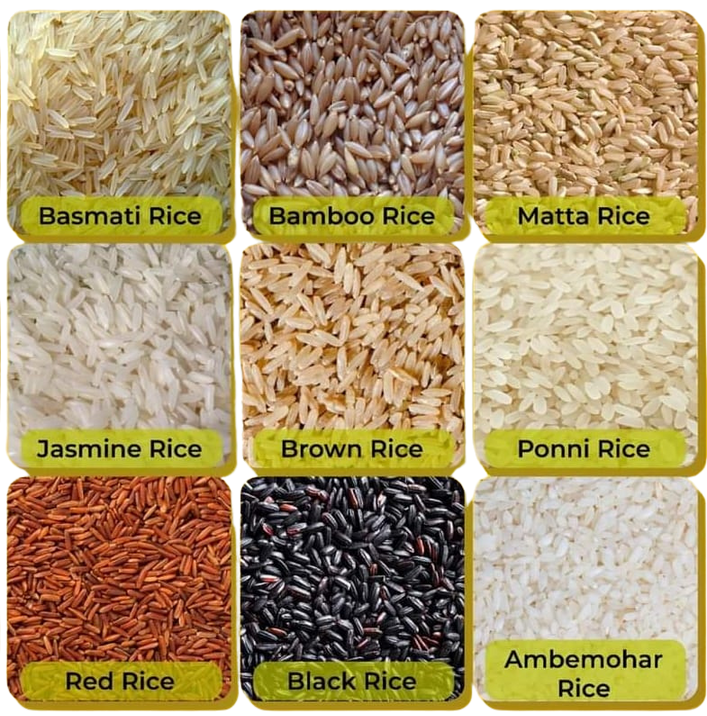Food Items
Fresh Produce: Stock up on a variety of fresh fruits, vegetables, and herbs sourced from local farms whenever possible. Fresh produce forms the foundation of many dishes and adds vibrancy, flavor, and nutritional value to your menu offerings.
High-Quality Proteins: Choose high-quality proteins such as grass-fed beef, free-range poultry, sustainable seafood, and organic tofu or tempeh. These proteins serve as the centerpiece of many dishes and contribute to the overall quality and appeal of your menu.
Artisanal Breads and Pastries: Partner with local bakeries or invest in artisanal bread and pastry options to enhance your breakfast and brunch offerings. Freshly baked bread, croissants, pastries, and muffins add a touch of indulgence and comfort to your menu.
Gourmet Cheeses and Dairy Products: Offer a selection of gourmet cheeses, including aged cheddar, creamy brie, tangy goat cheese, and smoky gouda. Pair these cheeses with crackers, bread, or fruits for a sophisticated and satisfying culinary experience.
Specialty Condiments and Sauces: Elevate your dishes with specialty condiments and sauces such as balsamic glaze, truffle aioli, mango chutney, and sriracha mayo. These flavorful additions can enhance the taste profile of your menu items and provide a memorable dining experience for your customers.
Ethnic and International Ingredients: Explore a diverse range of ethnic and international ingredients to add depth and complexity to your menu. Whether it’s Thai curry paste, Spanish saffron, or Japanese miso, incorporating global flavors can introduce customers to new culinary experiences and broaden your appeal.
Organic and Locally Sourced Options: Emphasize organic and locally sourced options whenever possible to support sustainability and promote community engagement. Highlighting these options on your menu demonstrates your commitment to quality, freshness, and environmental stewardship.
Gluten-Free, Vegan, and Allergen-Friendly Alternatives: Cater to dietary restrictions and preferences by offering gluten-free, vegan, and allergen-friendly alternatives. Providing options for customers with specific dietary needs ensures inclusivity and enhances the accessibility of your menu.
Signature Dishes and House Specialties: Develop signature dishes and house specialties that showcase your culinary expertise and set your establishment apart. These unique creations can become customer favorites and serve as the cornerstone of your menu offerings.
Seasonal and Limited-Time Offerings: Keep your menu fresh and exciting by featuring seasonal and limited-time offerings that highlight seasonal ingredients and culinary trends. Rotate your menu regularly to keep customers coming back for new and innovative dishes.
By incorporating these essential food items into your establishment’s offerings, you can create a diverse and appealing menu that caters to a wide range of tastes and preferences. If you need assistance sourcing or selecting specific food items, please don’t hesitate to reach out. I am here to support you in creating a memorable culinary experience for your customers.




